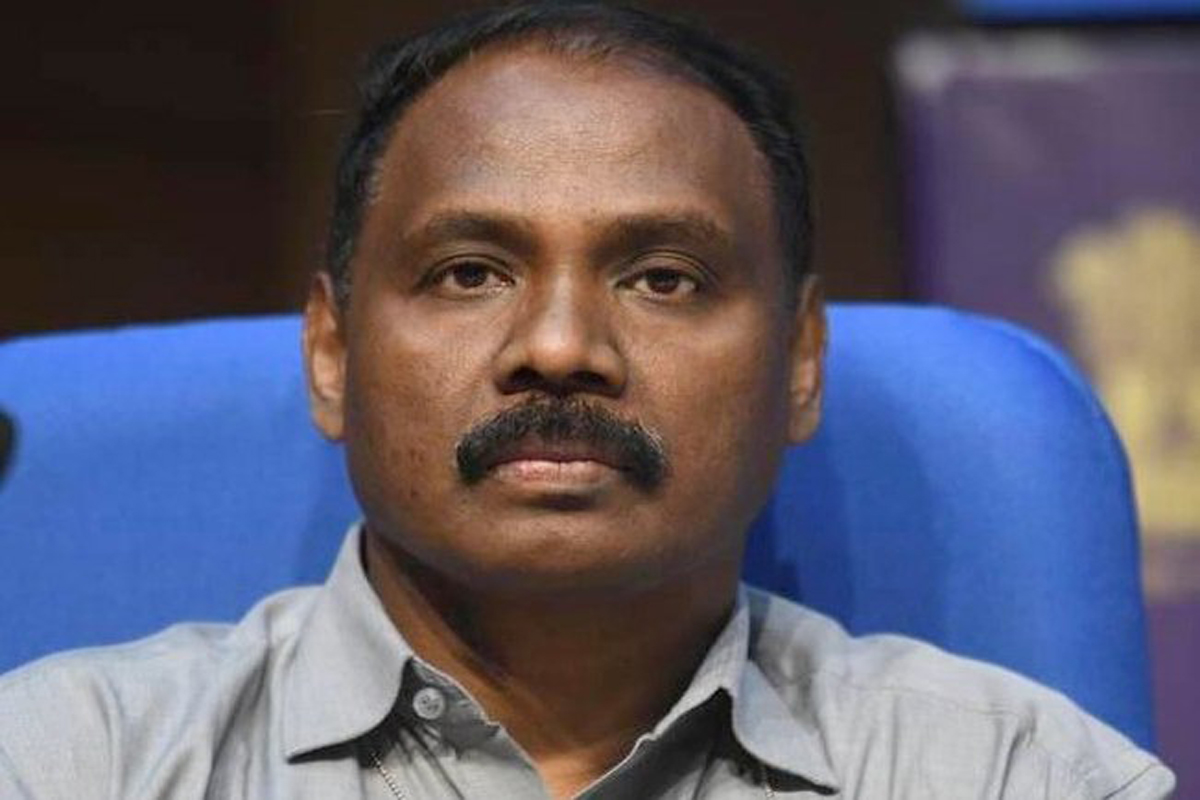The Comptroller and Auditor General of India (CAG) detected a series of infrastructure deficiencies including a shortage of quality faculty in the State’s government-run universities and colleges.
“The shortage of quality faculty coupled with lack of faculty mobility across regions was a major constraint. The vacancy position in Utkal University (UU) and North Odisha University (NOU) was 38 percent and 34 percent respectively in 2018- 19 and in both Universities, there were significant instances of persistent vacancies”, the CAG audit in its latest report pointed out.
The Students Teacher Ratio in Higher Educational Institutions (HEIs) also did not adhere to the laid down norms (20:1), especially at the college level.
An adequate number of opportunities was not provided to teachers to attend professional development training programs. The percentage of completion of research works in UU remained very low (16 percent), it stated.
Pointing out discrepancies, the report said the development of patents was nil in both the universities and non-existent in the test-checked colleges.
The test-checked colleges had no collaborative activities with the industries and no MoUs had been signed.
The College Density in Odisha remained stagnant at 23 during 2014-19. The Government of Odisha did not prepare any Master Plan for the opening of new colleges and needs to identify regions, blocks that lack adequate higher education facilities.
In the State, 19 Blocks were devoid of any kind of HEI and only 12 percent of Government colleges were present in rural areas, the audit report found.
Infrastructure facilities for Persons with Disability (PwD) like ramps were available only in eight tests checked colleges and in none of the test-checked colleges, other facilities like, Braille signboard, audiobooks, sign language, accessible website, etc., where available.
In UU and NOU also, only 80 percent and 60 percent of all buildings were disabled-friendly.
The State Level Quality Assurance Cell (SLQAC) needs to be strengthened to overcome the persisting low (20.50 percent) accreditation of colleges in the State. Out of 20 Autonomous colleges of test-checked universities, the autonomous status of 14 colleges had lapsed and was not renewed.
The position of NAAC accredited HEIs in the State was also dismal as only 20.50 percent of colleges were NAAC accredited as of March 2019. Further, only 4.42 percent (8 out of 181) of accredited colleges obtained ‘A’ grades indicating the requirement of more efforts for increasing the quality of education in HEIs of the State, it concluded.











